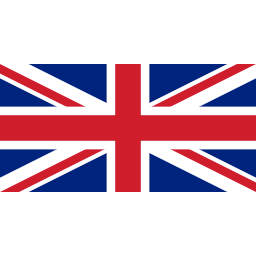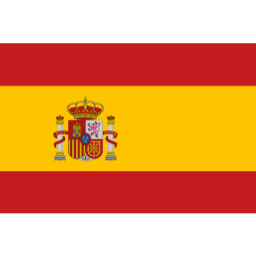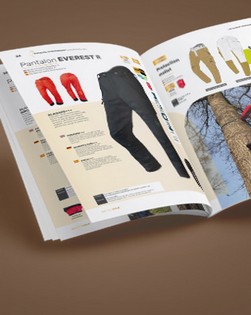Good practice guide
TAKE CARE OF YOUR PSA
When should I wash my clothes?
Protective clothing should be washed regularly. Studies have shown that dirt affects the performance of the protective material (e. g. penetration of resin, oil or fuel residue into the fabric).
Excessive washing can also affect the effectiveness of the protective material (mechanical stresses caused by machine washing).
How should I wash my clothes?
To wash this garment, observe the care conditions indicated on the label and recall in the instructions for use.
To decrypt the maintenance symbols : CONSULT OUR GUIDE !
Close the zips (zippers, ventilation, central closing of a jacket). Leave the pocket closures open (if the pockets are full of chips, think of your machine, shake them to remove as much as possible). Loosen all elastic cords. Loosen and secure the cuffs with Velcro® Velcro tape.
Use your usual detergent. For garments with chainsaw protection, machine drying is prohibited.
Reshape by hand and let dry on a vertical yarn in the open air. Avoid drying in the sun: UV rays are not friends of fabrics!
Wait until the garment is dry before storing or using it.
 | Adopt the right actions for the environmentFavour eco-labelled products, ban detergents with phosphates, avoid underfilling the machine, comply with dosing instructions, wash at low temperature. A 30° wash is often sufficient to wash textile products (energy saving = 60% compared to a 60° wash according to Forum Washen), save packaging. |
Use protective clothing properly against the risk of chainsaw cuts
Like all Personal Protective Equipment (PSA), this product does not offer protection against all risks, it is designed to minimize the risk of cuts in the event of accidental contact with a hand-held chainsaw.
The precautions for handling a chainsaw and the safest working techniques should be adopted.
It is recommended to read the safety instructions specific to the chainsaw used. Maximum protection is provided when the garment is completely closed. It is recommended to wear additional PSA suitable for the work (head protection, goggles or splash guard, gloves and protective shoes or boots to prevent the risk of cuts adapted to the ground).
Proper use of protective clothing requires proper care. The layers of fibres that make up the garment must remain free and floating. Dirt may stick to the fibres and the level of protection will be reduced.
What to avoid IMPERATIVELY
1# Choose a garment that does not fit:
Personal protective equipment must be adapted to the morphology of the person who is wearing it.
For forest cut protection clothing, the protection must be adjusted and properly positioned on the front of the leg when it is a type A, frontal protection. Clothing that is too wide can be hung and too narrow, it may hinder freedom of movement.
Consult our size guide.
2# Wear damaged clothing:
Damaged clothing no longer provides adequate protection: it should be repaired immediately if the protective material is not touched or destroyed so that it cannot be worn again. Before wearing it, check that the size is correct (clothing that is too wide can be hung and too narrow can hinder freedom of movement) and that the clothing is not damaged.
3# Sew the protection
In the case of alterations or repairs, it is imperative not to modify the protective system in its positioning, surface and holding threads on the garment. The patching must not pass through the protection, the stitching threads must only pass through the outer fabric.
4# Do not follow the maintenance conditions:
Excessive drying or washing temperature impairs the performance of the protection.
The protective mattress must not shrink. The shrinkage distorts the garment and therefore the protective mattress makes the fibres compact, which may affect their effectiveness.
However, it is advisable to wash your garment regularly: dirt (resins, oils, chips, etc.) impairs the performance of the cut-resistant protective mattress.
 FR
FR EN
EN DE
DE ES
ES


